There are several knee conditions that can cause pain, discomfort, and limited mobility. Here are some common knee conditions:
1. Osteoarthritis:
Osteoarthritis is the most prevalent form of arthritis affecting the knee joint. It occurs when the protective cartilage that cushions the ends of the bones in the knee wears down over time, leading to joint pain, stiffness, and swelling.
2. Rheumatoid Arthritis:
Rheumatoid arthritis is a chronic autoimmune disease that can affect multiple joints, including the knees. It causes inflammation in the synovial membrane, which can lead to joint pain, stiffness, swelling, and eventually joint deformity.
3. Knee Ligament Injuries:
Ligament injuries, such as a tear in the anterior cruciate ligament (ACL), posterior cruciate ligament (PCL), medial collateral ligament (MCL), or lateral collateral ligament (LCL), are common knee injuries. These injuries often occur during sports or physical activities and can cause pain, instability, and difficulty with knee
4. Meniscus Tears:
The meniscus is a C-shaped cartilage that acts as a shock absorber in the knee joint. Meniscus tears can occur due to sudden twisting or direct impact to the knee. Symptoms include knee pain, swelling, locking or catching sensation, and limited range of motion.
5. Patellofemoral Pain Syndrome:
This condition is characterized by pain in the front of the knee, specifically around the patella (kneecap). It is commonly seen in athletes or individuals who engage in activities that involve repetitive knee movements, such as running or jumping.
6. Patellar Tendonitis:
Patellar tendonitis, also known as jumper’s knee, is an overuse injury that affects the tendon connecting the kneecap to the shinbone. It causes pain and inflammation just below the kneecap, particularly during activities that involve jumping or bending the knee.
7. Bursitis:
Bursitis occurs when the bursae, small fluid-filled sacs that provide cushioning between bones, tendons, and muscles, become inflamed. Knee bursitis can cause localized pain, swelling, and tenderness.
8. Patellar Dislocation:
Patellar dislocation happens when the kneecap slips out of its normal position. It can be caused by an injury or structural abnormalities. Symptoms include severe pain, swelling, and the inability to straighten the knee.
It’s important to consult with a healthcare professional, such as an orthopedic specialist or sports medicine physician, for an accurate diagnosis and appropriate treatment plan if you are experiencing any knee pain or discomfort. At Alabama Bone and Joint Clinic our specialists are able to guide you through your treatment options. Call today to schedule an appointment with one of our experts in orthopedic care.

Lorem ipsum dolor sit amet, consectetur adipiscing elit. Ut elit tellus, luctus nec ullamcorper mattis, pulvinar dapibus leo.
CEO
Lorem ipsum dolor sit amet, consectetur adipiscing elit. Ut elit tellus, luctus nec ullamcorper mattis, pulvinar dapibus leo.
CEO
Lorem ipsum dolor sit amet, consectetur adipiscing elit. Ut elit tellus, luctus nec ullamcorper mattis, pulvinar dapibus leo.
CEO
Previous
Next

